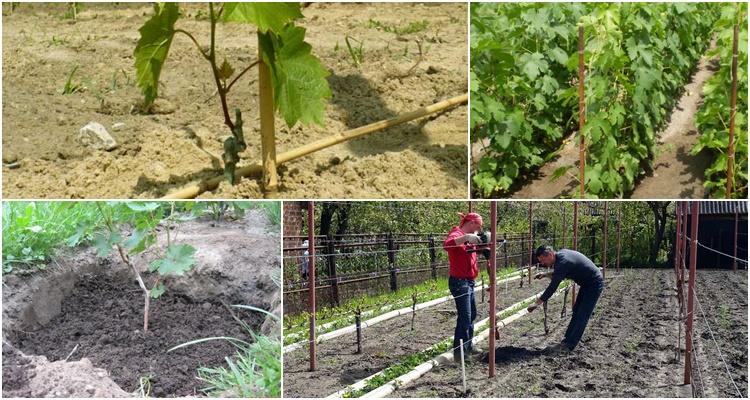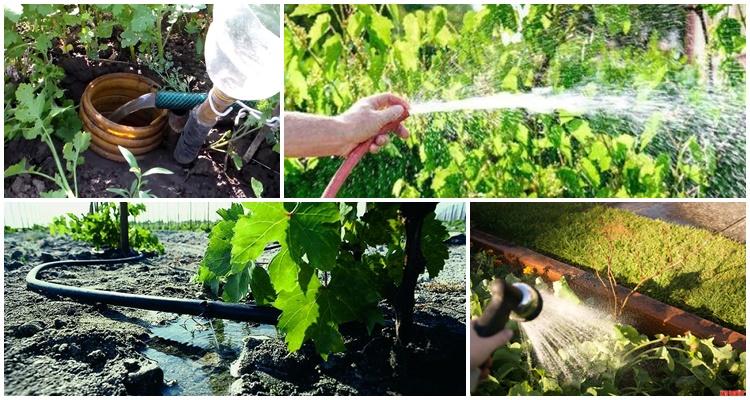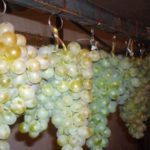Table grape varieties are especially popular among domestic gardeners. The berries are consumed fresh, made into compotes and juices for the winter, and frozen for cooking. Among such varieties, summer residents often prefer the Sympathy, or Victor-2, grape variety; with minimal care, the vine produces rich harvests and takes root in regions with a cool climate.
Description and characteristics of the variety Sympathy (Victor-2)
Table grapes of this variety have two names - Sympathy and Victor-2. The latter was given to the plant in honor of its creator - Ukrainian breeder Viktor Nikolaevich Krainov. To develop a new table variety, parent forms such as Kishmish radiata and Talisman were used. Sympathy has taken the best characteristics from both varieties and is successfully cultivated by both farmers and owners of small summer cottages.
The Ukrainian breeder's grapes are classified as mid-early grapes; the first harvest begins 130 days after the buds swell.
Brief description of the Sympathy variety:
- The purpose of grapes is for eating, making juices, compotes.
- Ripening time is mid-early, about 5 months, and ripening is simultaneous, which is convenient for harvesting.
- The bush type is vigorous, the grape vines are strong and branch well. The shoots grow quite quickly, which gives the grapes a decorative appearance.
- The first flowers bloom on the bush in early summer. They are bisexual, so there is no need to plant a pollinator nearby.
- Bunches of grapes are characterized by an average degree of density; one specimen weighs up to 1 kg. However, some gardeners claim that with good agrotechnical care this figure can be increased by 50%.
- The shape of the fruit is slightly elongated, and there is a point at the tip of the berry.
- The weight of one grape ranges from 10 to 15 grams. When the berries ripen, they acquire a yellow or pinkish color, this depends on the area where the crop is grown. The skin of the fruit is quite dense, which prevents damage to the berries by pests. When fully ripened, no cracking is observed.
- The pulp of ripe grapes is fleshy and juicy and has a pleasant taste. The grapes have an attractive appearance, so they are often grown for subsequent sale.
- The frost resistance of the hybrid is at a high level, so the grapes are also cultivated in the middle zone with a cold climate.
- Sympathy, with proper care, is rarely affected by fungal diseases and pests.
Advantages and disadvantages
Summer residents who have already planted Sympathy on their plots note the many benefits of grapes.
Subtleties of growing grapes
The speed of adaptation of the seedling to a new location and its further development depend on the correct location and soil preparation.
Selecting a location
To plant Sympathy hybrid grapes, select a non-marsh area on a hill, which is illuminated by the sun during the day. The ripening of the bunches and the quality of the harvest depend on the rays. Since the variety is highly branched, care must be taken in advance to create supports for the grapes.
A week before planting, the soil in the chosen place is dug up using a shovel, simultaneously picking out the roots of the weeds so that they do not take away the nutrition of the young bushes. If the soil on the site is poor, when digging, add fertilizers intended for fruit crops.
Preparing for landing
It is recommended to purchase seedlings from trusted nurseries; in spontaneous markets there is a possibility of buying a variety that is not the one declared by the seller.
A day before planting in the ground, the roots of the grapes are soaked in water, to which a rooting agent is added for better adaptation to the new location.
Planting scheme
Planting work is carried out according to the following instructions:
- Holes with dimensions of 80x80 (width and depth) are dug at a distance from each other.
- Drainage is laid at the bottom of each hole; broken brick or small crushed stone is used for this layer.
- A layer of soil mixed with fertilizers is poured onto it.
- Install a grape seedling and carefully straighten the roots.
- Sprinkle with remaining soil and compact the soil. It is important that the root collar is not covered.
- Water the plant abundantly and lay a mulch layer around it.
Further care for him
In order for the grapes to live up to the characteristics declared by the breeders, it is necessary to provide the plant with minimal care, which includes procedures such as irrigation, the addition of nutrients and disease prevention.
Watering
In the first years, grape seedlings need additional moisture, especially if the summer is dry. When choosing the frequency of watering, pay attention to weather conditions. If there is no rain for a long time, irrigate the grapes once a week, using about 20 liters of water for each bush. In rainy weather, additional watering is avoided so as not to cause the development of fungal diseases.
Fertilizing
The addition of nutrients helps to obtain rich harvests. They do this twice a season.
Preparing the plant for winter
In the southern regions, there is no need to cover the plant before the onset of cold weather, since the crop is characterized by frost resistance. In the middle zone, organic nonwoven materials are used for insulation.
Disease and pest control
Thanks to its strong immunity, the culture of this variety is rarely affected by fungal pathologies and insect pests. For prevention purposes, they are sprayed twice with fungicidal chemicals - before flowering and at the stage of berry formation.
Harvest and use
130 days after the buds open, they begin harvesting, fortunately the clusters ripen at the same time. Store berries in the refrigerator for no more than 2 weeks. To extend the shelf life of grapes, juices and compotes are prepared from them for the winter.




















